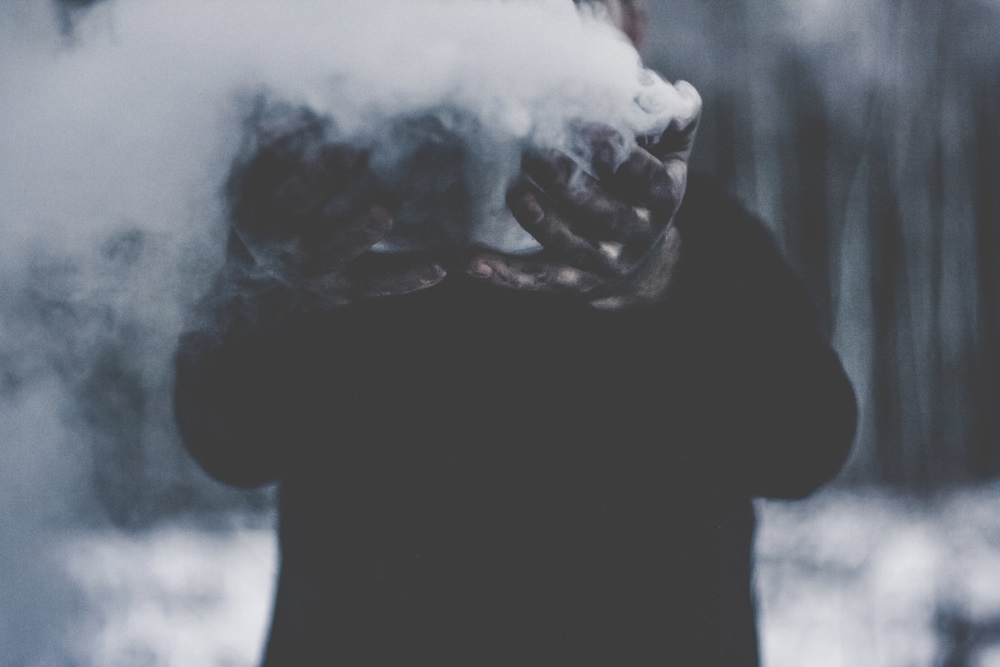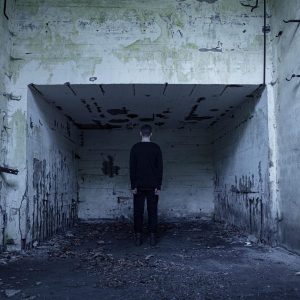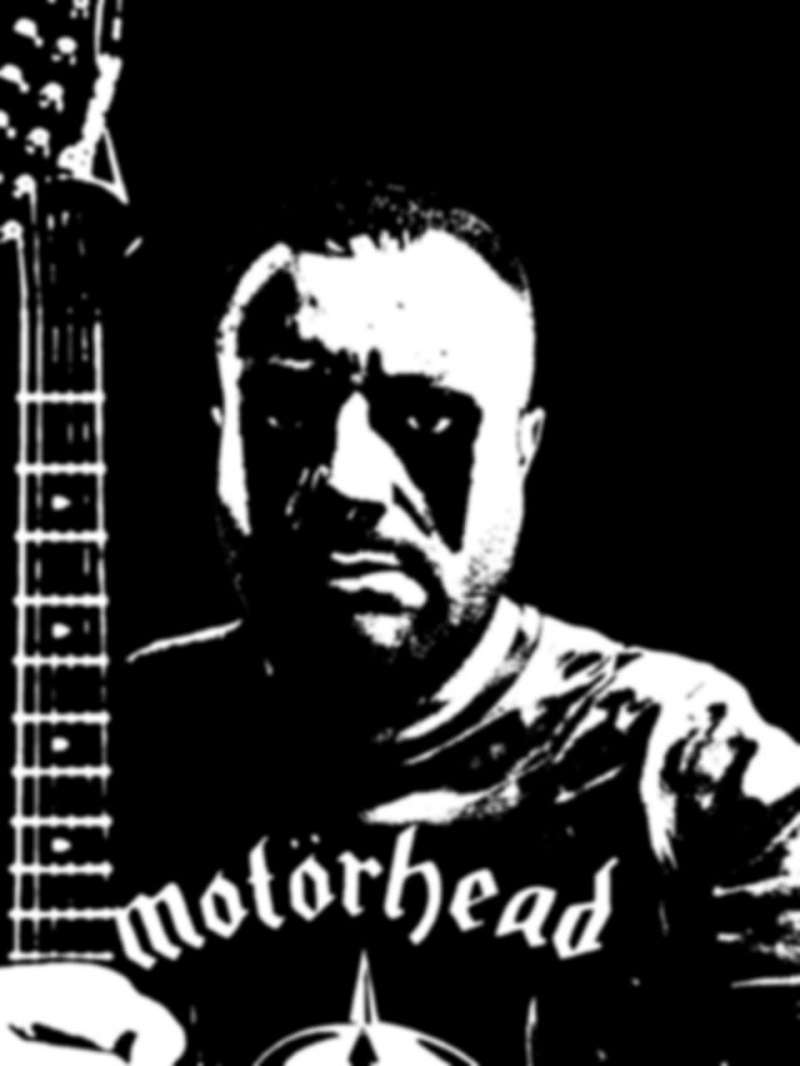Rites Of Fall Interview
5 min read
I got the opportunity to ask the mastermind behind Rites of Fall a few questions and I’m more than happy to present you the interview exclusively for Blessed Altar Zine. Be sure to also check my review here!
– Hello! It’s great having you here! Thank you for agreeing to answer a few questions for us. Can you please present yourself?
– I’m Bartek Kuszewski and I produce and perform my music as Rites of Fall.
– “Towards the blackest skies” is your debut as Rites of Fall. Did you have any other projects prior to this one?
– It is the debut full-length, but it was preceded by an EP called ‘Truthsayer’ that I released two years ago. Before that my main activity was being a guitar player. I don’t consider Rites of Fall as an extension of any of my past musical activities.
– When you decided you wanted to create Rites of fall, did you have any idea how the music was going to sound? Did you set out composing music with some certain ideas in mind?
– To some degree – yes. I started with mostly with a sound palette and some limitations. It was more clear to me what the music shouldn’t be. On the other hand, there was a set of both musical and non-musical inspirations that I wanted to incorporate from the beginning.

– When I first discovered your record, what drew me to it was the cover. In my review, I mentioned that it reminded me of Escher’s “Relativity”. Chances are I wasn’t exactly right, but could you please give us the story behind it?
– The artist who created this image is Kuba Sokólski, besides his illustration and tattoo work he’s also a drummer in Merkabah. His work often includes organic aesthetics and vivid color. In the process of designing the cover, I asked him for something much colder, lifeless but still with the complexity that he is known for. This “Escherian” vibe is more a result of this rather than something we would have directly intended.
– “Towards the Blackest Skies” feels like a concept album, rather than a compilation of songs, even if it lacks any sort of lyrics. Does it have a central idea behind it?
– It does have a central idea, backed by several months of rather obsessive research. Yet, I don’t want to reveal it. I don’t want to provide any kind of closure. I feel it should remain a sort of a puzzle as there are clues left in the album itself that can lead you to either solving it or coming up with your own interpretation.
– The album gives off a cinematic sensation, almost like a soundtrack to an exploration of the void. Are you a cinephile? If so, can you give us your recommendations to some of your favorite pictures?
I hear the soundtrack comparison a lot. I think it mostly results of the gap that exists somewhere between ambient, movie scores and electronic music not intended primarily for the dance floor. But still, I perceive it as something else. I wouldn’t call myself a cinephile, as there are tens of really obvious classics that I still haven’t seen. There are some pictures I watch over and over again to develop some kind of a deeper understanding. I don’t think it’s much of a surprise that pictures by Andrei Tarkovsky, Alejandro Jodorowsky, David Lynch are among these.
– Dark ambient is uncommon genre. What determined you to explore such tenebrous soundscapes?
– I don’t agree that it’s that uncommon. There are many artists in this genre out there, but some are simply harder to discover – either by the obscurity of the musical material itself or by being outside the echo chamber of music recommendation algorithms. Aesthetically, I don’t think what I create falls exactly into this category. I do use some techniques or sounds that are associated with the genre, but I definitely want to go beyond it with my music.
– In your free time, what kind of music do you enjoy? Could you mention five albums that summarise your tastes?
– I’m really not into creating such lists, it changes all the time. At the time of creating the album, I often listened to artists like Lawrence English, Andy Stott, Cyclobe, Wolves In The Throne Room.
– It might be too soon to ask, but what plans do you have for the future of Rites of Fall?
– I’m already working on new material, both by directly experimenting with new sounds and by gathering, researching new ideas.
 – I couldn’t help but notice that the only physical format you released for “Towards the Blackest Skies” was vinyl. Can you give us your opinion on the on-going debate of analog vs digital?
– I couldn’t help but notice that the only physical format you released for “Towards the Blackest Skies” was vinyl. Can you give us your opinion on the on-going debate of analog vs digital?
– I think analog vs digital has nothing to do with this choice. Vinyl and tape is just the way people want to collect similar music in physical form. Vinyl also opens up some possibilities for visual expression. The digital versions are always with us on phones in our pockets anyway.
– Your album was released on Leidforschung, and it was also the debut for this label. Can you give us some information behind them? What type of music do they focus on? Do you know what kind of releases we should expect in the future?
– Leidforschung is an initiative led by Marcin Łojek, one of the co-founders of XAOC Devices, Warsaw-based modular synth manufacturer. With the first release, we’re testing the whole approach, both musically and in terms of record design. It’s too early to announce particular upcoming titles, but the idea is to keep label offerings diverse and probably even going beyond the area of music itself. I’ll be also supporting the label beyond the work on my own releases.
– Why did you decide to release it on such a young label instead of releasing it independently?
– The goal is to lay a foundation for the label, everything we’re doing now potentially benefits artists that will work with Leidforschung in the future.
– Thank you for your time. Do you have any closing words for our readers?
– Thank you for spending your precious time with my music. Looking forward to meeting you somewhere in the Real World.
Interview by Metal Gentleman
**Please support the underground! It’s vital to the future of our genre
#WeAreBlessedAltarZine
#TheZineSupportingTheUnderground



